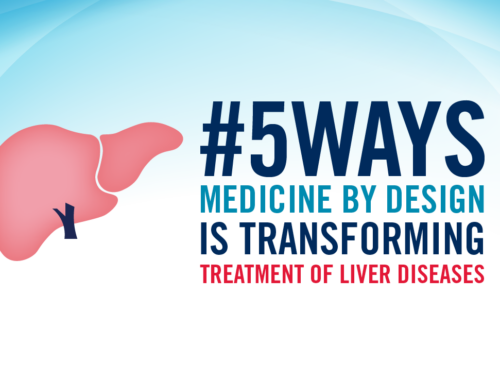
A microfluidic chip shown with a single droplet which can carry contents of individual cells for genomic, transcriptomic and proteomic analyses (Wheeler lab)
Scientists can now select individual cells from a population that grows on the surface of a laboratory dish and study their molecular contents. Developed by U of T researchers, the new tool will enable a deeper study of stem cells and other rare cell types for therapy development.
The method is the first to marry cell microscopy with omics platforms to link the cells’ physical parameters that are visible by eye, such as appearance, the presence of surface markers or cell-cell contacts, to their molecular makeup.
“We give the user the power to take beautiful fluorescence microscopy images to learn everything that can be learned about cells growing in situ and then connect that information with the cell’s genome, transcriptome and proteome,” says Aaron Wheeler, a professor of chemistry and biomedical engineering in the Donnelly Centre for Cellular and Biomolecular Research (Donnelly Centre) who led the work. Wheeler was a co-investigator on a Medicine by Design team project, and received a New Ideas Award in 2017.
The platform is described in a paper out today in the journal Nature Communications.






